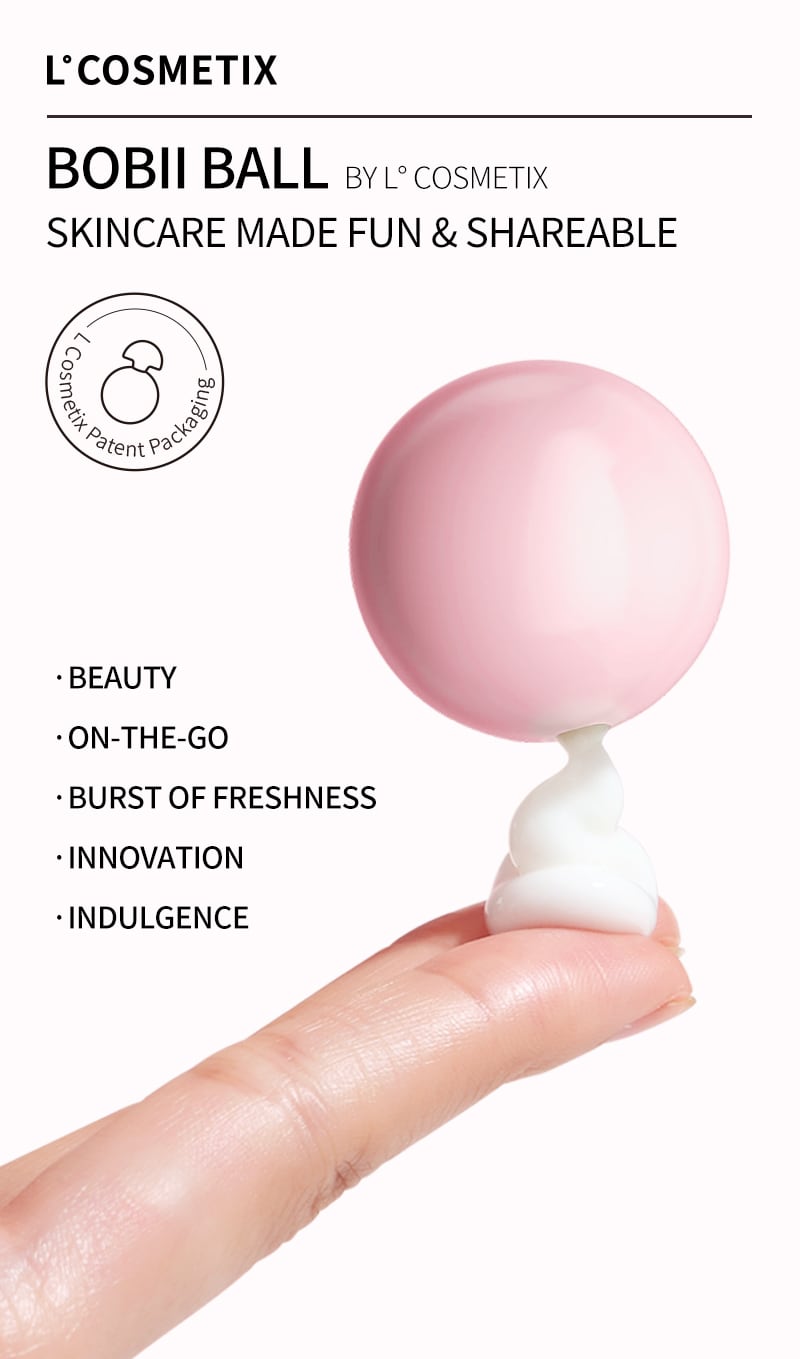Researchers from Jiangnan University and Chinese biotech firm Hangzhou Island Xingqing Biotechnology reported that their fermented milk (FM) ingredient inhibited Escherichia coli (E. coli) and Staphylococcus aureus (S. aureus), but promoted Staphylococcus epidermidis (S. epidermidis) in both single-strain and mixed bacterial cultures.
The team described the material as a postbiotic-style fermentation product — milk that has been de-lactosed, enzyme-hydrolysed, then fermented with Lactobacillus plantarum (L. plantarum) before being filtered and freeze-dried. It contains bacterial metabolites and peptides but no live lactobacilli.
From killing to rebalancing bacteria
Conventional broad-spectrum preservatives and antimicrobial actives can disrupt skin microbiota, damaging commensal or “friendly” bacteria along with pathogens. This can worsen barrier function and is increasingly at odds with microbiome-gentle positioning.
The study tested a different approach — instead of wiping out the whole community, it used fermentation-derived molecules to tilt the balance in favour of resident skin allies.
The researchers chose S. epidermidis as the model commensal (commonly considered a good staph on healthy skin), S. aureus as a Gram-positive skin pathogen linked to atopic dermatitis and infections, and E. coli as a well-characterised Gram-negative reference strain to benchmark antimicrobial effects.
Two milk-based test materials were prepared. The first was an enzymatic hydrolysate of skim milk (PM), used as a process control. The second was the same hydrolysate further fermented with L. plantarum to yield the FM. In monoculture tests, PM promoted the growth of all three strains.
On the other hand, FM behaved very differently. It boosted S. epidermidis growth but significantly reduced E. coli and S. aureus viability at 100mg/mL after 24 hours. This selective pattern suggested that the fermentation step and the metabolites produced were key to the differential effect.
Consistently reshaping microbial balance
To better copy the skin’s real environment, the team tested FM and PM using co-culture models, where helpful and harmful bacteria grow and compete together.
In one test, they grew S. epidermidis (helpful) and E. coli (harmful). In the control and PM groups, E. coli quickly became dominant. However, when the team added FM, the trend reversed — S. epidermidis grew while E. coli was suppressed.
This strongly favoured the helpful bacteria, especially within the first 12 hours. The researchers noted that this selective effect was clear even as all bacteria began to decline later due to lack of food.
A second system paired S. epidermidis with S. aureus (harmful). As these two are difficult to separate, the team grew them in chambers separated by a membrane that allowed only chemicals — not bacteria — to pass. Both strains thrived in the control and PM groups, showing that the latter simply encouraged growth without being selective.
However, FM strongly inhibited S. aureus, while S. epidermidis remained largely unchanged after 12 and 24 hours, giving the helpful strain a relative advantage.
Although S. aureus recovered slightly after 24 hours, suggesting adaptation, the selective shift away from pathogens and toward S. epidermidis was consistent across both co-culture models.
Selectivity linked to acid stress and energy drain
To understand FM’s selective power, the team analysed the small molecules produced by the bacteria — a process called metabolomics.
This wide scan revealed how their energy use changed. The researchers found thousands of metabolic changes in the FM-treated cultures, showing a powerful biological response.
Pathway analysis pointed to a central energy molecule: pyruvate. FM exposure increased the flow of chemicals that turned glucose, lactate, and amino acids into pyruvate. As a result, levels of organic acids, such as lactic and propionic acids, rose sharply in the FM groups.
These organic acids are important because they create stress for pathogens. The acids cross the bacteria’s cell walls, lowering the internal pH. To survive, harmful bacteria like E. coli and S. aureus must use up huge amounts of energy pumping out acid and repairing damage, which severely slows their growth.
In contrast, earlier research showed S. epidermidis could tolerate these acids better. The metabolomics data supported this, showing enhanced buffering pathways in the helpful strain.
In simple terms, FM appears to create an acidic, high-demand environment where S. epidermidis can cope and grow, but pathogens are forced into energy-draining defence mode, reducing their ability to proliferate.
The authors concluded that the fermented milk “showed selective antimicrobial activity against pathogens and preservation of commensal S. epidermidis”.
Promising future despite limitations
The researchers noted limitations of their study. The work used only three model strains in controlled lab media at 37°C and pH 6.0, whereas human skin hosts a far more diverse microbiota, with strong site-to-site differences and constant environmental change.
As such, the results could not yet be extrapolated to the full skin ecosystem.
Still, the present study strengthened the case that targeted metabolic modulation can give formulators more nuanced control over skin microbes than classic kill-all preservatives.
As microbiome-aware product development matures, such fermentation-derived postbiotics may become key tools for both topical and ingestible beauty solutions.
Source: Cosmetics
Selective Regulatory Effects of Lactobacillus Plantarum Fermented Milk: Enhancing the Growth of Staphylococcus Epidermidis and Inhibiting Staphylococcus aureus and Escherichia coli”
https://doi.org/10.3390/cosmetics12050232
Authors: Sun Yajuan, et al.




